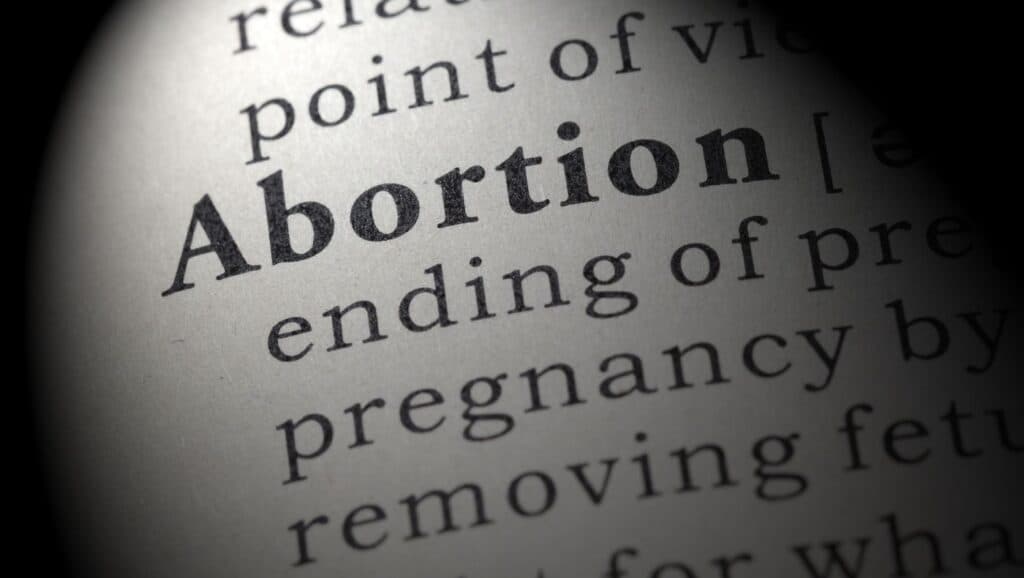
Fertility Preservation
Saving or protecting eggs, sperm, or reproductive tissue to enable biological children in the future.
Overview
Fertility preservation is the process of saving or protecting eggs, sperm, or reproductive tissue so that a person can use them to have biological children in the future.
Indications For Fertility Preservation
- Patients diagnosed with cancer who are due for radiation therapy or chemotherapy
- Social freezing where pregnancy is delayed for personal or professional reasons
- Patients with medical disorders delaying pregnancy
Male Options
Sperm cryopreservation: In this process, a male provides samples of his semen. The semen is then frozen and stored for future use in a process called cryopreservation. Gonadal shielding: Radiation treatment for cancer and other conditions can harm fertility, especially if it is used in the pelvic area. Some radiation treatments use modern techniques to aim the rays on a very small area. The testicles can also be protected with a lead shield.
Female Options
Embryo cryopreservation: Also called embryo freezing, this involves removing eggs, fertilizing them in vitro, and freezing the resulting embryos. Oocyte cryopreservation: Unfertilized eggs are frozen and stored, suitable for unmarried women or those without partners. Gonadal shielding: Similar to males, steps are taken to protect the ovaries during radiation by aiming rays precisely or using shielding. Ovarian transposition: A minor surgery to move the ovaries out of the radiation field. Ovarian tissue cryopreservation: Part of the ovary is removed and slow-frozen in liquid nitrogen. Tissue can be later thawed and reimplanted to restore fertility, either orthotopically or heterotopically.
Pediatric Considerations
Some options like gonadal shielding, ovarian transposition, and ovarian tissue cryopreservation can be used for children who have not gone through puberty. Sperm, oocyte, and embryo cryopreservation require mature gametes and are therefore limited to post-pubertal individuals.